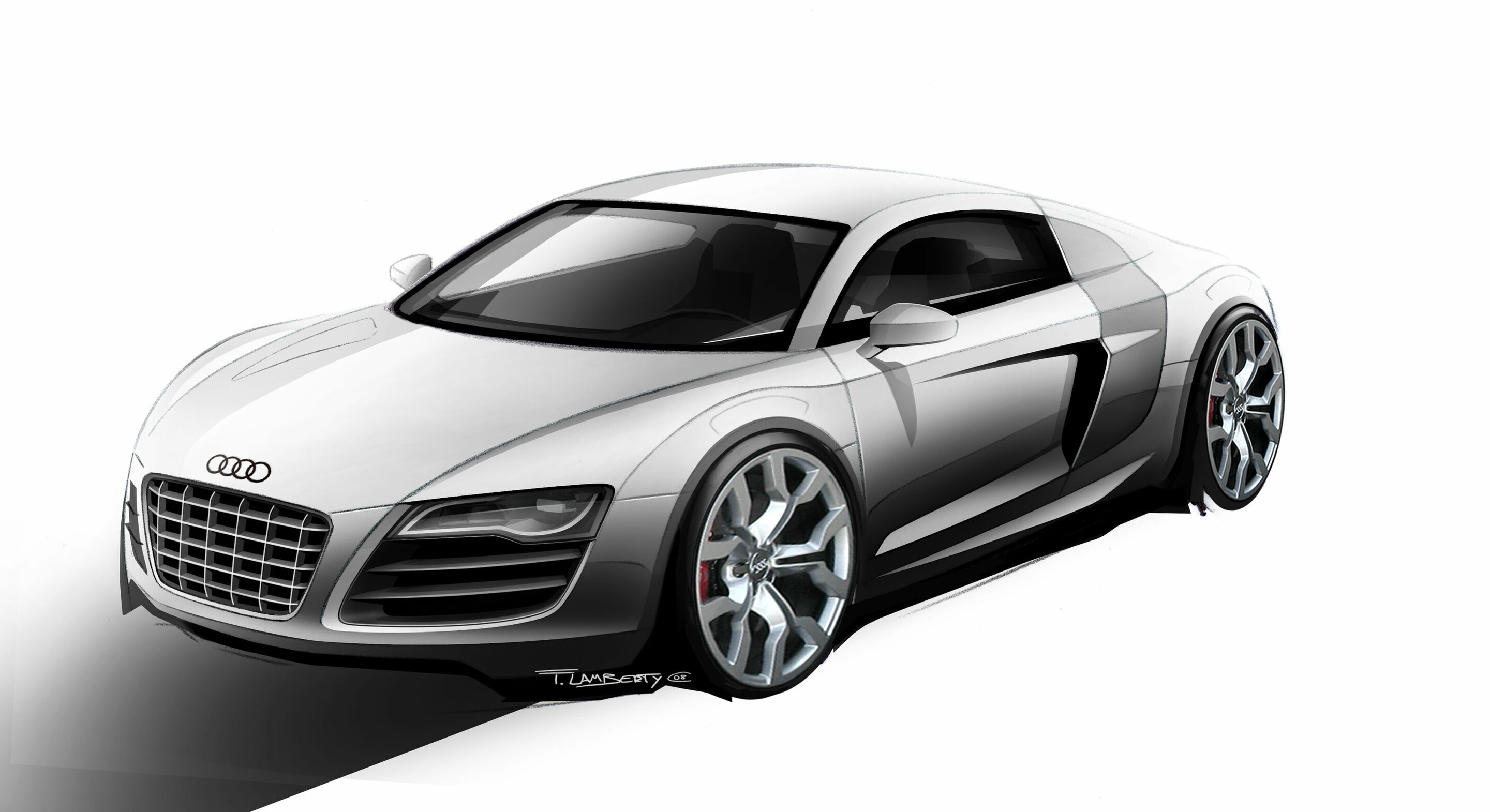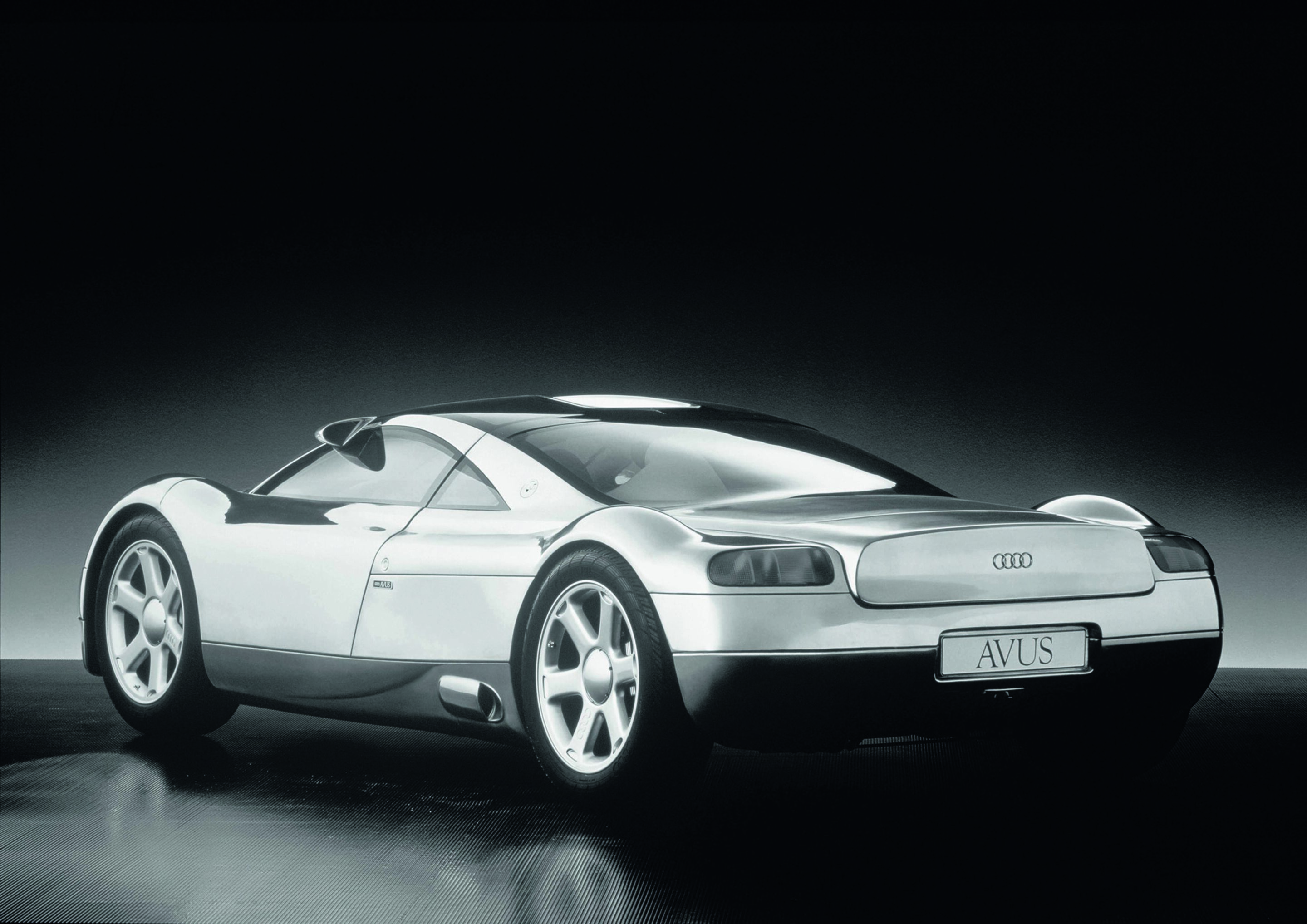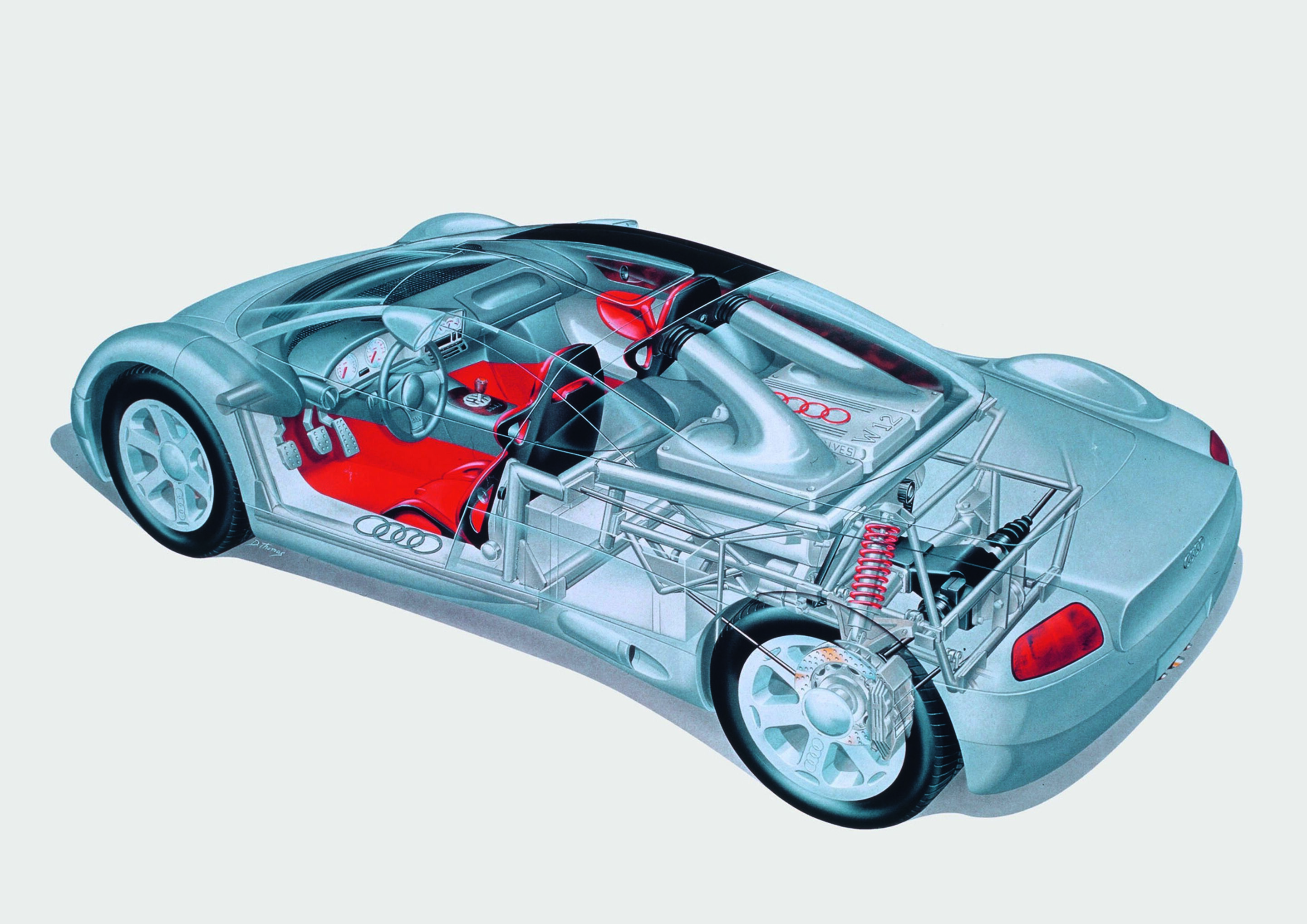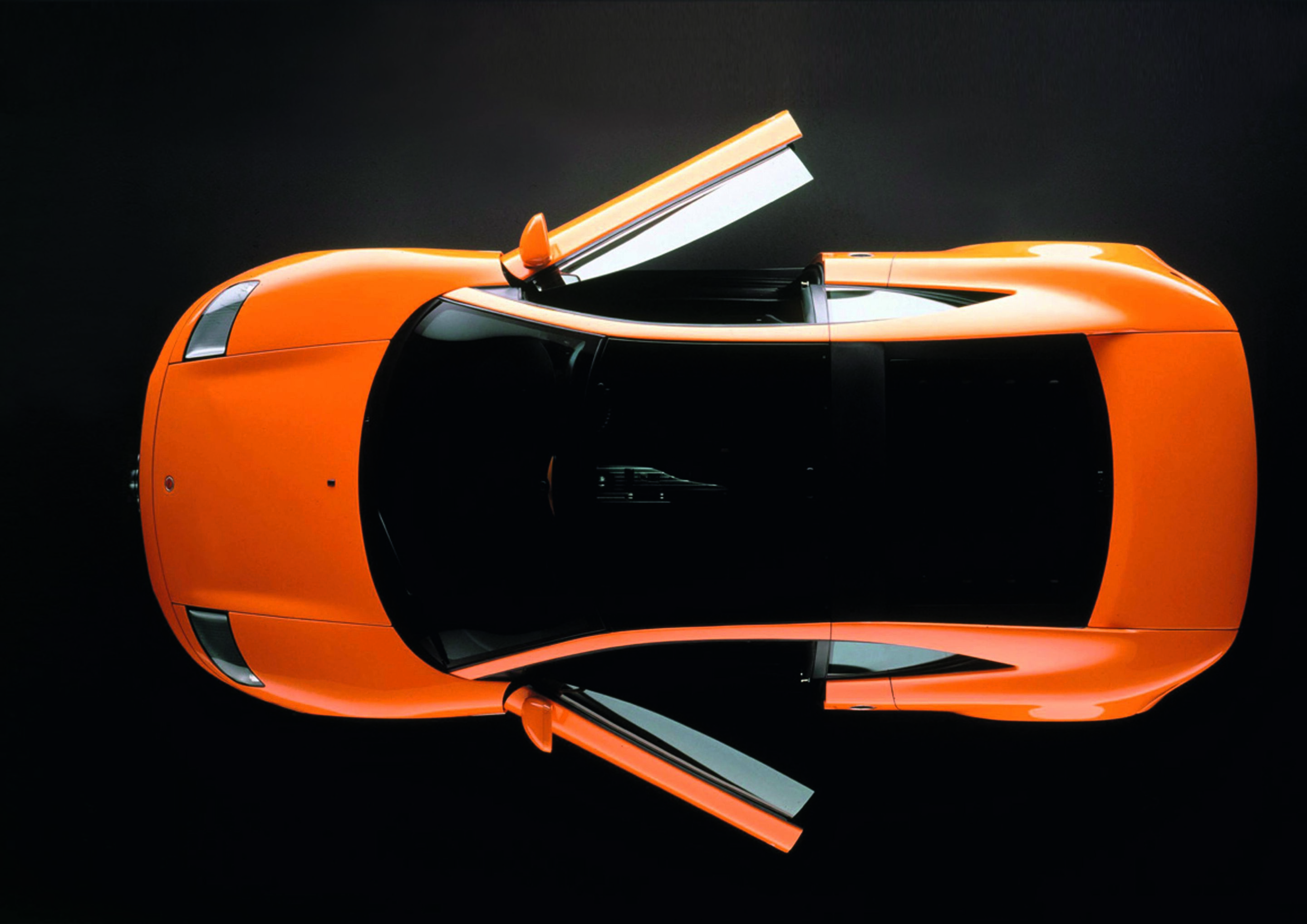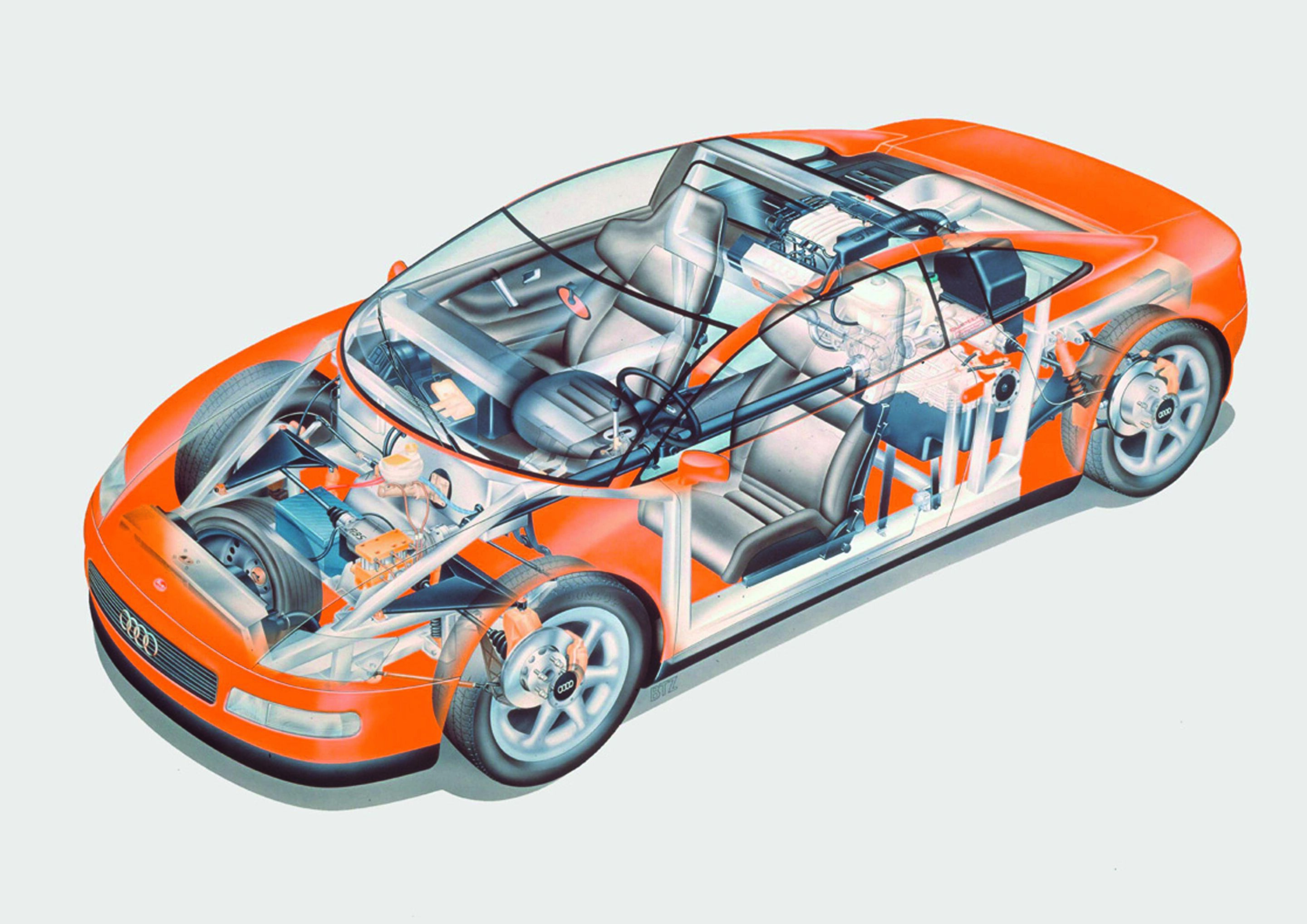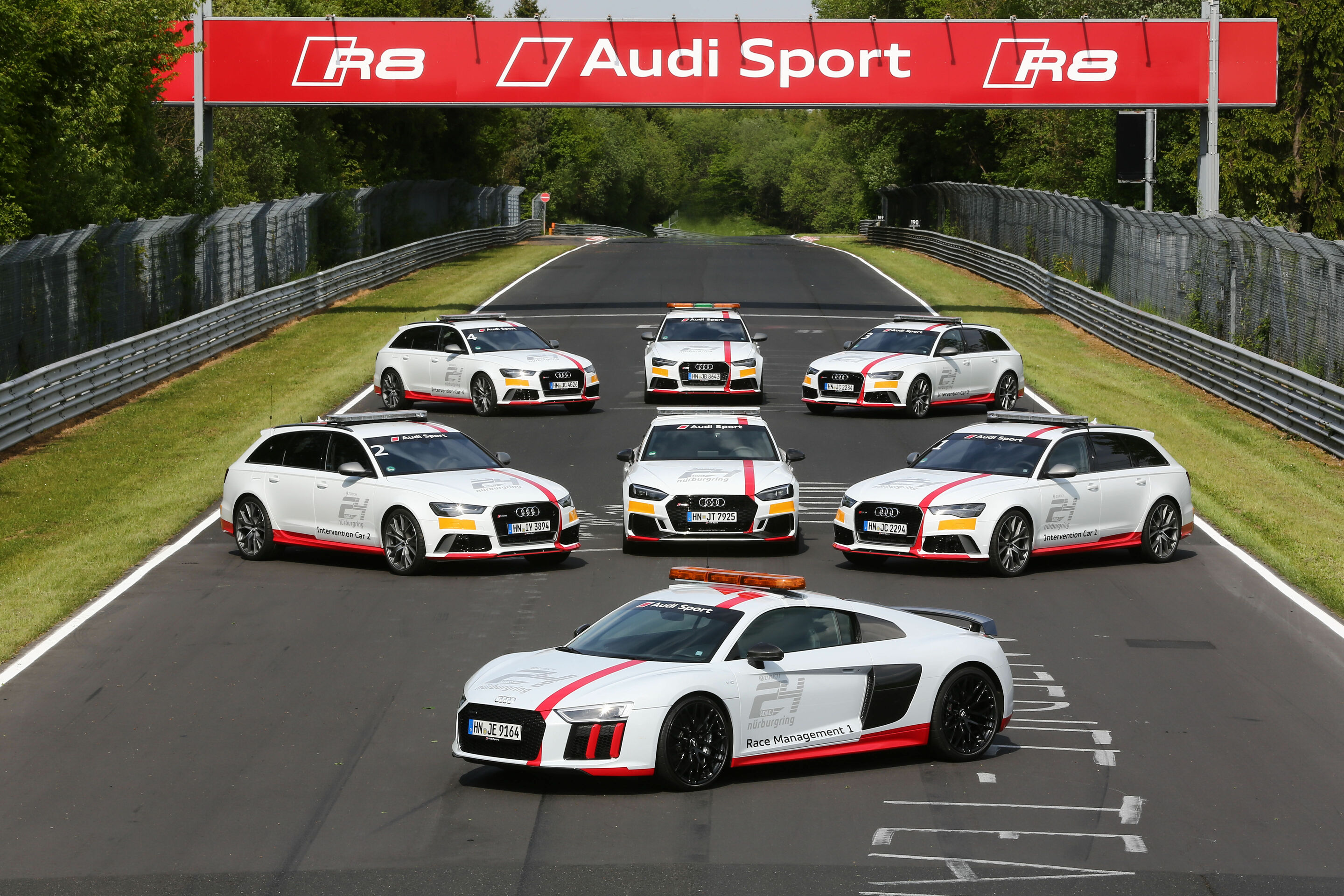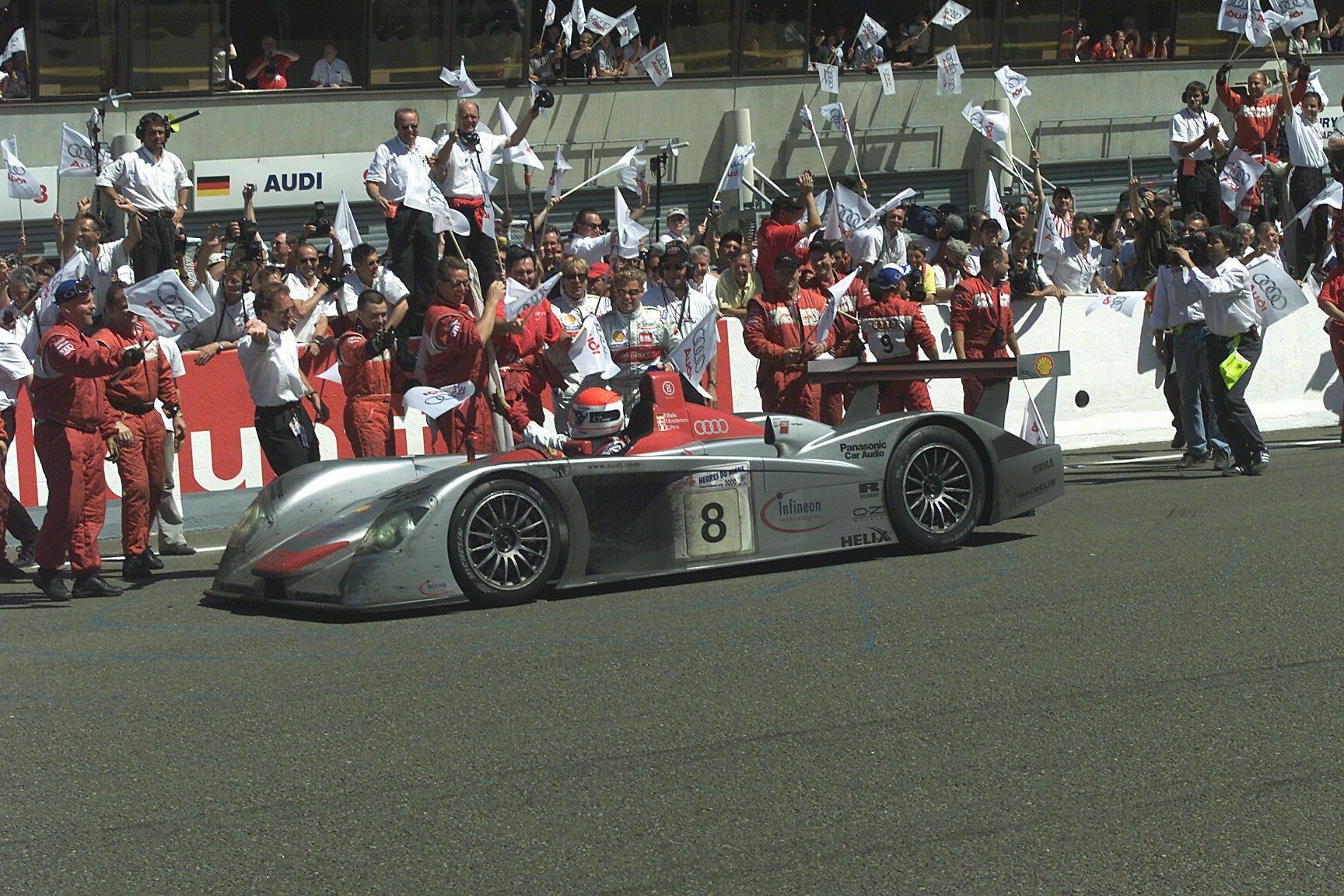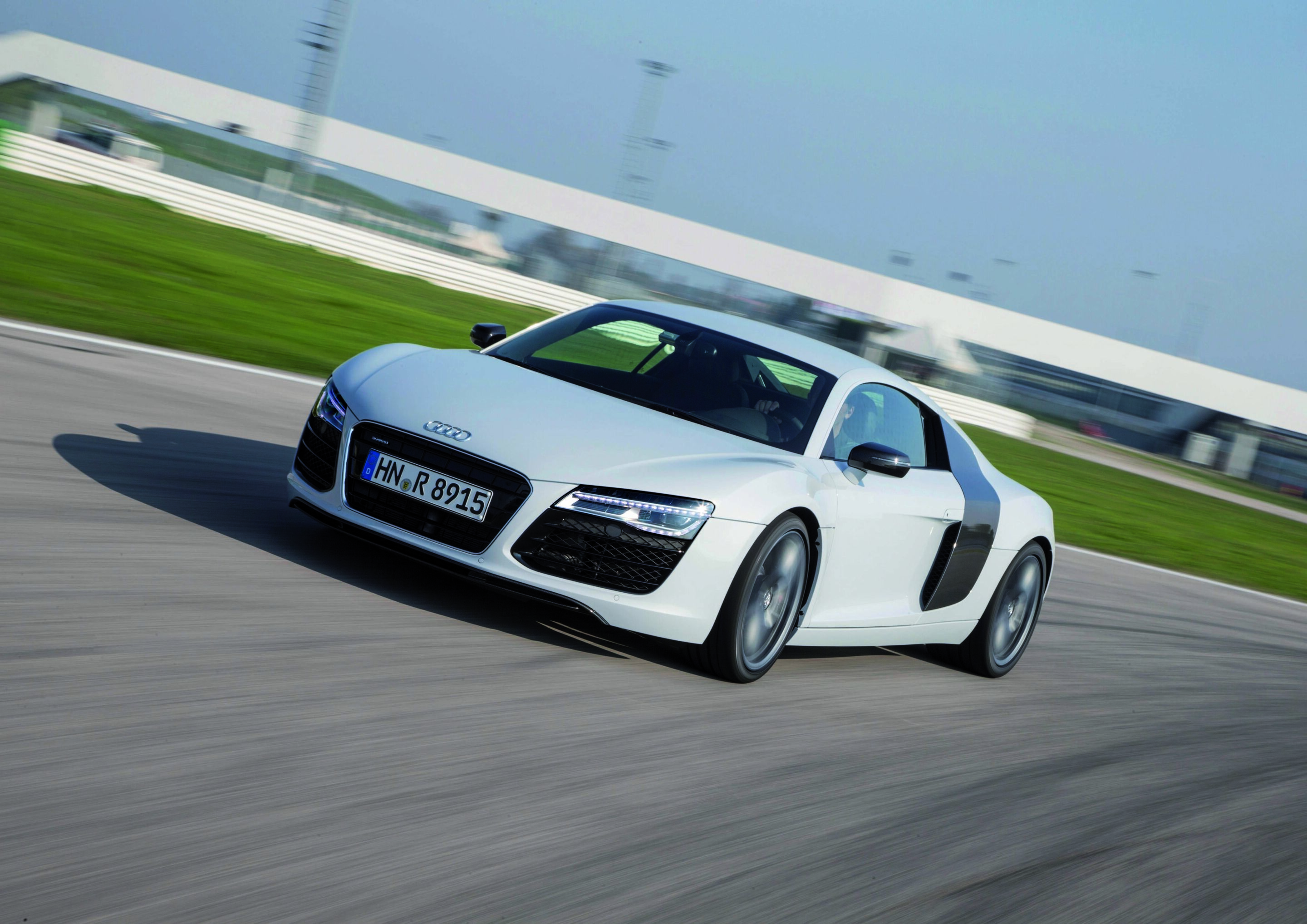A sports car icon is born
Back to overview
“There had never been a concept like this in the brand’s history; there were no role models.”
Frank Lamberty, exterior designer of the first Audi R8
A super sports car from Audi? The Audi Avus quattro and Audi quattro Spyder concept cars presented in 1991 already gave a first impression of this idea. When the vision finally became reality 15 years later, both customers and fans of the brand were thrilled: In 2006, the brand with the four rings presented the Audi R8, a high-performance vehicle that raised goose bumps and ventured into completely new territory. This courage was rewarded: The R8 became a true icon and a milestone in the history of the car manufacturer. “This was a great project right from the start,” recalls Werner Frowein, Managing Director of quattro GmbH from 1998 to 2012 and primarily responsible for implementing the R8 concept. “Of course, it wasn’t easy to get such a complex new vehicle project through all the committees of a major corporation, but it was worth it.”
With the Le Mans quattro concept car at the IAA in Frankfurt in 2003, exactly 20 years ago, Audi gave a sensational foretaste of what was to become the R8. “That was the starting point for a mid-engine sports car from Audi,” says Frank Lamberty, exterior designer of the concept car and later the first R8. “There had never been a concept like this in the brand’s history; there were no role models.” Only a short time later, the Audi Board of Management decided to build the brand’s first super sports car.
A sensation for the technicians at quattro GmbH: “Every engineer’s dream is working on a mid-engine sports car one day,” says Stephan Reil, longtime head of development at quattro GmbH. “After all, that’s exactly what they tell you at university: The engine belongs in the middle of the car.” Sebastian Grams, now managing director of Audi Sport GmbH, was also involved in the development of the R8: “As a young engineer, I was allowed to help develop the first engine. When I started the engine on the test bench for the first time, I got goose bumps,” he recalls.
At the end of 2006, the time had come: quattro GmbH began production of its new top model in Neckarsulm. Buyers are thrilled: the capacity for producing the completely hand-built vehicle was quickly exhausted, and the number of units planned for Germany in 2007 was sold out after just a few months. This success is no coincidence, because no other production car from the brand with the four rings is closer to racing. The Audi R8 carries the genes of a genuine racing car: the sports prototype and namesake with which Audi won the Le Mans 24 Hours five times from 2000 to 2005.
The high-revving mid-engine, FSI direct injection, wind tunnel-tested aerodynamics with a rear diffuser, suspension with double wishbones and the lightweight construction philosophy with the Audi Space Frame (ASF) – all these technologies have been tested on the race track and guarantee maximum performance, driving pleasure, safety and reliability. The presentation of the Audi R8 also underlines how close and intensive the link between production and motorsport is at Audi: factory driver and Le Mans record winner Tom Kristensen presented the vehicle in Paris. At the time, the product manager of the new top model from quattro GmbH was Rolf Michl, now Managing Director of Audi Sport GmbH and Head of Motorsport at Audi.
A decisive factor in the success of the Audi R8 is its design. Flat, muscular lines, wide air vents and the characteristic single frame grille at the front, as well as the rear with its diffuser, large air outlets and flat taillights – the sports car makes a striking appearance in every detail. “Especially in a sports car, proportions count,” says Frank Lamberty. “A mid-engine sports car is something very special again because the technical layout, the position of the engine, results in a completely different design language,” continues the exterior designer. “A very important element in the design of the R8 are the sideblades. In front of them is the cockpit, and behind it comes the technology. The sideblade, as the air control element that feeds air to the engine, connects these sections of the vehicle. All of the R8’s lines follow this one incredible logic, because for this model, it was important to find its own design key,” emphasizes Frank Lamberty, saying with a wink, “I think that worked quite well.”
